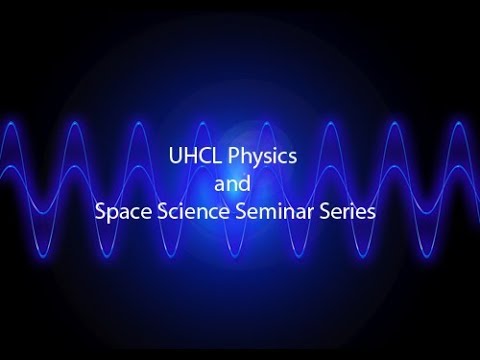Description:
Explore the critical issue of man-made debris in geosynchronous orbit through this 49-minute physics lecture by Larry Friesen, Adjunct Professor of Physics at the University of Houston-Clear Lake. Delve into the origins of orbital debris, including satellite interception weapons and explosions, and understand the unique characteristics of the geosynchronous environment, such as the absence of air drag and the concept of invariant planes. Examine the challenges of tracking debris, the probability of strikes, and the potential impact velocities. Investigate the effects of satellite constellations, natural near-Earth objects, and small comets on the space environment. Learn about deorbiting strategies and efforts to collect space objects, gaining valuable insights into the complex problem of space debris and its implications for future space exploration and satellite operations.

Man-Made Debris Problems in Geosynchronous Orbit
Add to list